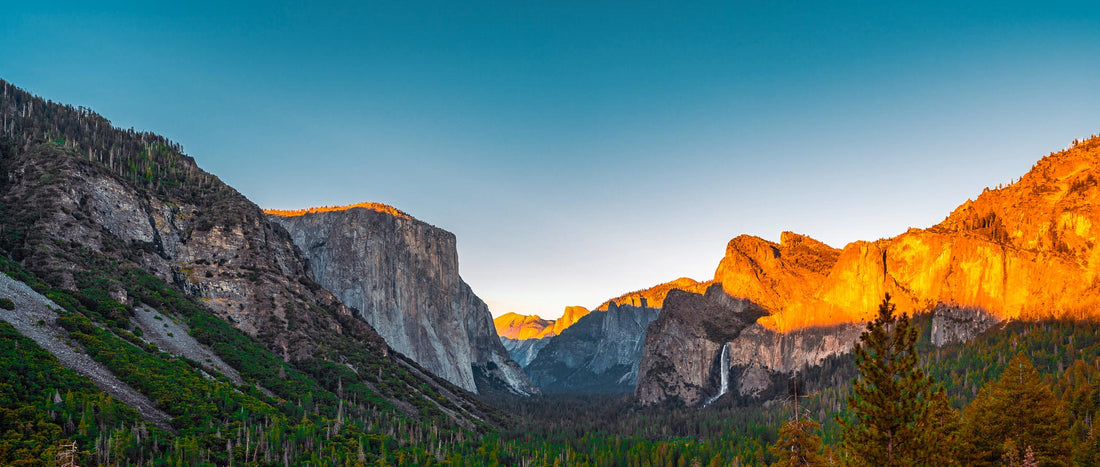
Celebrating Summer Solstice 2025
Robert DeckerThis Friday, June 20th, marks the 2025 Summer Solstice—a powerful astronomical event celebrated across the globe. Known as the longest day of the year in the Northern Hemisphere, the Summer Solstice signals the official start of summer and offers the maximum amount of daylight. Occurring at 8:41 p.m. Mountain Time, this moment in Earth’s orbit is packed with scientific, historical, and cultural significance.
Table of Contents
- What Happens During the Summer Solstice?
- Why Is the Summer Solstice Important?
- Cultural Celebrations of the Summer Solstice
- How to Celebrate the Summer Solstice
What Happens During the Summer Solstice?
During the Summer Solstice, the Sun reaches its highest position in the sky as seen from Earth’s Northern Hemisphere. At this moment, the Sun is directly overhead at the Tropic of Cancer, which results in:
- The longest period of daylight all year
- The shortest night of the calendar year
- The slowest sunset of the year, due to the Sun’s shallower descent angle along the horizon
This event occurs due to the Earth’s axial tilt of approximately 23.5 degrees, which causes varying amounts of sunlight throughout the year and creates our seasonal cycle.
Why Is the Summer Solstice Important?
From a scientific standpoint, the Summer Solstice provides insight into Earth’s axial tilt, orbit, and relationship with the Sun. It also influences ecological patterns, agriculture, and human activity. In addition to being a natural phenomenon, the solstice represents:
- The start of astronomical summer
- Vital seasonal transitions for crops and wildlife
- One of the four primary solar markers in Earth’s annual solar cycle
Cultural Celebrations of the Summer Solstice
The Summer Solstice has been celebrated by civilizations across the ages, often symbolizing light, renewal, and abundance. Here are a few notable cultural traditions:
- Ancient Egypt: The Summer Solstice coincided with the rising of the Nile River, marking the beginning of the Egyptian New Year and a critical season for agriculture.
- Ancient Ireland: On solstice eve, hazel branches were cut for dowsing—a practice used to locate underground water or minerals.
- Northern & Central Europe: Many cultures still celebrate Midsummer with bonfires, festivals, and gatherings at ancient sites like Stonehenge.
How to Celebrate the Summer Solstice
The Summer Solstice is the perfect time to embrace the outdoors and honor the changing seasons. Popular ways to celebrate include:
- Watching the sunrise or sunset from a scenic overlook
- Hosting a backyard bonfire or gathering with friends
- Practicing mindfulness, journaling, or meditation outdoors
- Exploring one of America’s National Parks to fully soak in the extended daylight
Whether you're drawn to the astronomical wonder of the solstice or the cultural traditions tied to it, this annual event is a meaningful time to reconnect with nature, the Sun, and the rhythms of the Earth.
Click here to learn more about the artist, Rob Decker...
Join the growing community of 125k+ National Park enthusiasts to receive insider deals and updates.
